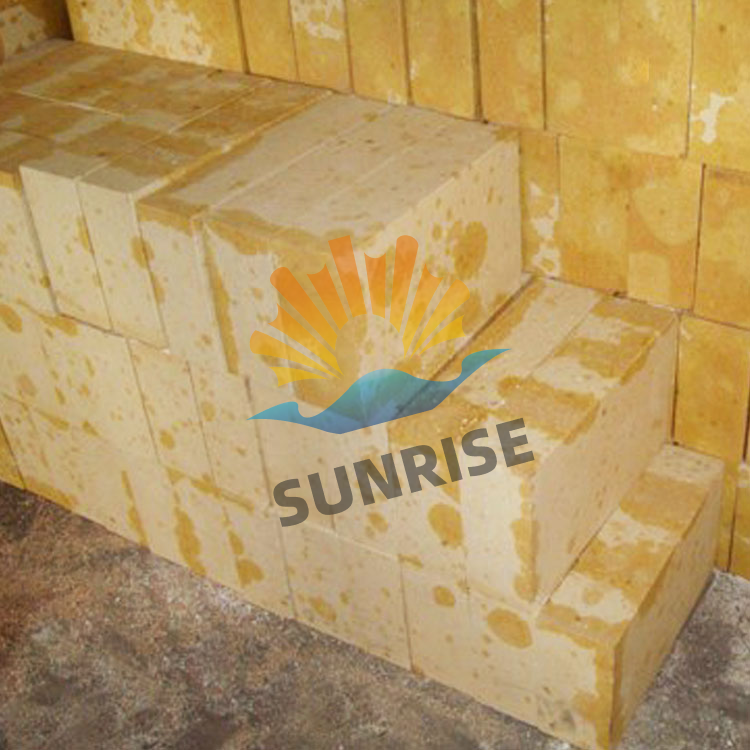.jpg?x-oss-process=image/resize,h_1000,m_lfit/format,webp)
In the glass production industry, the performance of glass furnaces is a critical factor that directly affects production efficiency, product quality, and overall operational costs. Many glass manufacturers are constantly on the lookout for solutions to enhance the performance of their furnaces. And here comes the game - changer: fused silica bricks.
Fused silica bricks are renowned for their high purity. With a silica content of up to 99%, they offer exceptional chemical stability. This high - purity feature makes them extremely resistant to chemical corrosion, especially in the harsh environment of glass furnaces where various chemicals are present. For low - alkali borosilicate glass production, this is of utmost importance as it ensures the quality and consistency of the glass product.
Another remarkable characteristic is their small thermal expansion coefficient. In a glass furnace, temperature fluctuations are inevitable. Fused silica bricks can withstand these temperature changes without significant expansion or contraction. The thermal expansion coefficient of fused silica bricks is as low as 0.5×10⁻⁶/°C, which is much lower compared to many other refractory materials. This property helps to prevent cracking and damage to the furnace lining, thereby extending the service life of the furnace.
.jpg)
Let's take a look at some real - world examples to see how fused silica bricks have transformed glass furnace performance. A leading glass manufacturer in the industry replaced their traditional furnace lining with fused silica bricks. After the replacement, they noticed a significant improvement in furnace efficiency. The energy consumption was reduced by 15%, and the production capacity increased by 20%. Moreover, the quality of the glass products improved, with a decrease in defect rates by 30%.

When compared with other common furnace materials such as clay bricks and magnesia bricks, fused silica bricks stand out. Clay bricks have a relatively high thermal expansion coefficient, which makes them more prone to cracking under temperature changes. Magnesia bricks, on the other hand, are more expensive and may not be as chemically stable in certain glass - making processes. Fused silica bricks offer a balanced combination of cost - effectiveness, chemical stability, and thermal performance.
| Material | Thermal Expansion Coefficient (/°C) | Chemical Stability | Cost |
|---|---|---|---|
| Fused Silica Bricks | 0.5×10⁻⁶ | High | Moderate |
| Clay Bricks | 2×10⁻⁶ | Medium | Low |
| Magnesia Bricks | 1.5×10⁻⁶ | High | High |
In conclusion, if you are aiming to upgrade the performance of your glass furnace, especially for low - alkali borosilicate glass production, fused silica bricks are the ideal choice. Don't let this opportunity slip through your fingers. Missing out on this fused silica brick means your glass furnace performance upgrade plan will definitely fail!
We encourage you to try using this amazing product. Contact us today at [Contact Information] to learn more about how fused silica bricks can transform your glass production process. Join the many successful glass manufacturers who have already benefited from our high - quality fused silica bricks!
.jpg)

